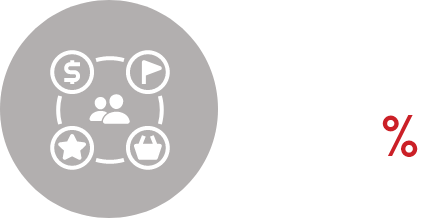Most consumers fall into one of two segments: Value-driven consumers, who are primarily concerned with getting their money’s worth and select brands based on price and convenience; and Purpose-driven consumers, who select brands based on how well they align with their personal values and who are willing to “walk the talk” when it comes to sustainability, changing their behavior, and even paying more for brands that get it right.















